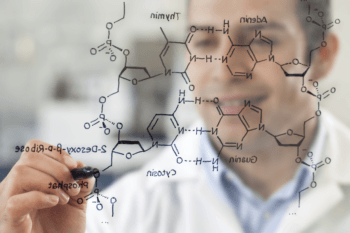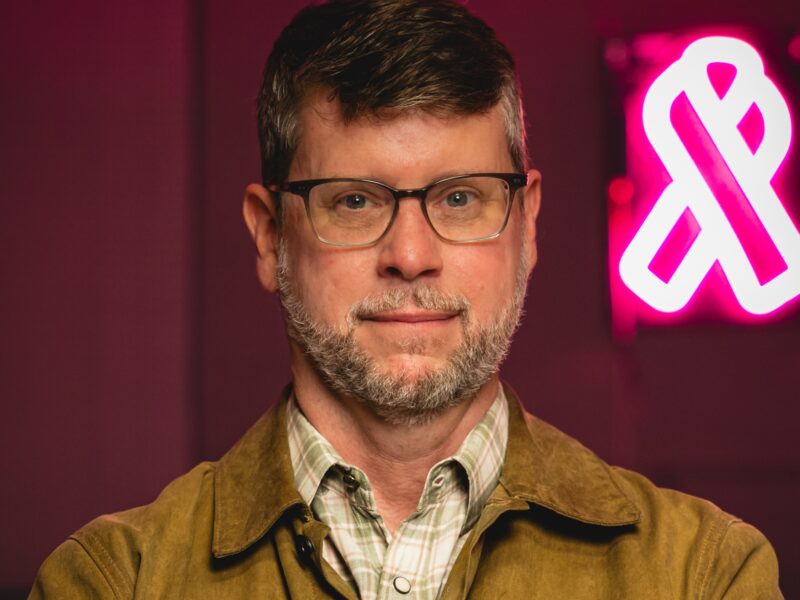Biotech Boot Camp

Texas A&M Health Science Center’s (TAMHSC) faculty members regularly pursue innovative translational research to find solutions to some of today’s most pressing health conditions. However, some of these groundbreaking discoveries do not successfully move from the bench to the bedside because researchers find they have limited training when it comes to commercialization.
Robert C. Alaniz, Ph.D., assistant professor at the Texas A&M College of Medicine, offers his own situation as an example of the challenges faculty face when commercializing their research. “My research colleague and I are unashamed scientists. We think about science every day; we love doing science and we know how to do it very well,” he said. “However, we need to learn more about how to turn our science into a business.”
This challenge among researchers is common. “We have many faculty members who are interested but have not yet been through the process of commercializing a new technology,” said LauraLee Hughes, executive director of TAMHSC’s Office of Technology Translation . “They are not necessarily aware of all the different considerations that they’ll face from a technical, business, regulatory and legal perspective when commercializing a new technology. What we’re trying to do at the HSC is develop programs that help to educate and support our faculty on these different activities.”
Teaching the teachers: Bringing business concepts to researchers
To that end, two TAMHSC research teams spent the summer participating in a Medical Technology Lean Start Up course, which is an innovative and intensive eight-week life sciences program offered through the National Science Foundation I-Corps program. This particular program was offered regionally through a collective partnership between the Center for New Ventures and Entrepreneurship at Texas A&M’s Mays Business School, the University of Texas-Austin, Rice University and Texas Tech University.
The I-Corps program provides researchers with real-world, hands-on learning so they can reduce commercialization risks during their company’s early stages. “The I-Corps program is really designed to train faculty members who have promising research on how to commercialize their technology,” Hughes said. “The program essentially provides them with the curriculum, mentors, and resources needed to understand their technology from a commercialization perspective, identify who their customer is and then ultimately map out their plan for commercialization before they actually go through it.”
The program requires each research team to talk to at least 70 primary and secondary customers to determine whether a market exists for their product. Participants also look at other elements of bringing their discovery to market, including assessing the regulatory challenges and identifying the process to begin clinical development and ultimately sale of their product.
Participation in the regional I-Corps program also serves as a launch pad for additional opportunities. For example, the TAMHSC teams can now apply for the national I-Corps program, which would provide additional opportunities to conduct customer research in another region in the United States. These teams also are eligible to receive $50,000 in seed funding for their companies.
Continue reading on Vital Record.
This article by Dorian Martin originally appeared in Vital Record.





